
AI is here to stay. Read more to find out how Google Ads, Meta, LinkedIn and other digital ad platforms have been using AI principles to impact ad creative, campaign creation, management and reporting.


AI is here to stay. Read more to find out how Google Ads, Meta, LinkedIn and other digital ad platforms have been using AI principles to impact ad creative, campaign creation, management and reporting.
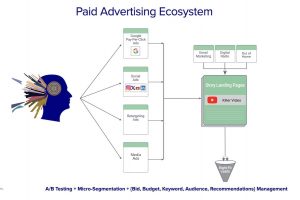
As a Pittsburgh-based paid advertising agency, we have adapted to the technological changes happening in the industry. Here are some SEM best practices that we regularly use to create and manage top converting campaigns for our clients.

Paid Advertising, with its ability to reach audiences with specific educational and professional backgrounds provides colleges and universities with a powerful tool to attract right-fit students.
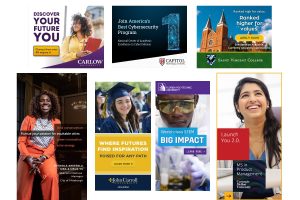
As we develop ad creative for our higher education marketing clients, many factors inform our campaigns. This has resulted in best practices that we follow for creating high-converting ads and craft unique campaigns for each client.
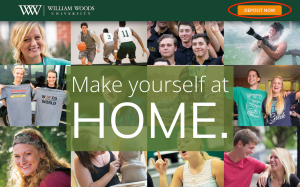
At Elliance, a digital marketing agency, we create unique landing pages for our higher education marketing campaigns. Here are some best practices that we follow which work well in attracting and engaging prospective students.

Until recently, the battle for consumer attention on digital devices and platforms was led by Google, Bing, Facebook, Instagram, LinkedIn and Twitter – and to a lesser extent by Pinterest and Snapchat. The entry of Amazon dramatically changes the dynamic of online advertising. It is now the third largest digital advertising platform in the US. […]

With people relying on mobile more than ever – over half of the trillions of Google searches happen on mobile – Google recently announced changes to favor the mobile experience. Google is calling this the biggest change since AdWords launched 15 years ago, and in my 10+ years experience working in the platform, I would agree! […]
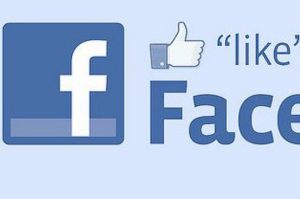
A report from Syncapse states that the average value of a Facebook fan is $174. How is your social media campaign stacking up?
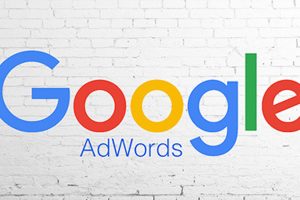
Google has confirmed they will no longer show paid ads on the right side of the search results.
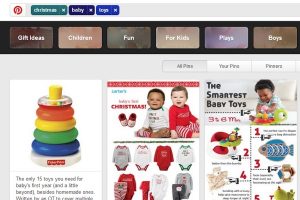
Pinterest promoted pins are another great way to get exposure for your website, products and business — a dream come true for b2b marketing!